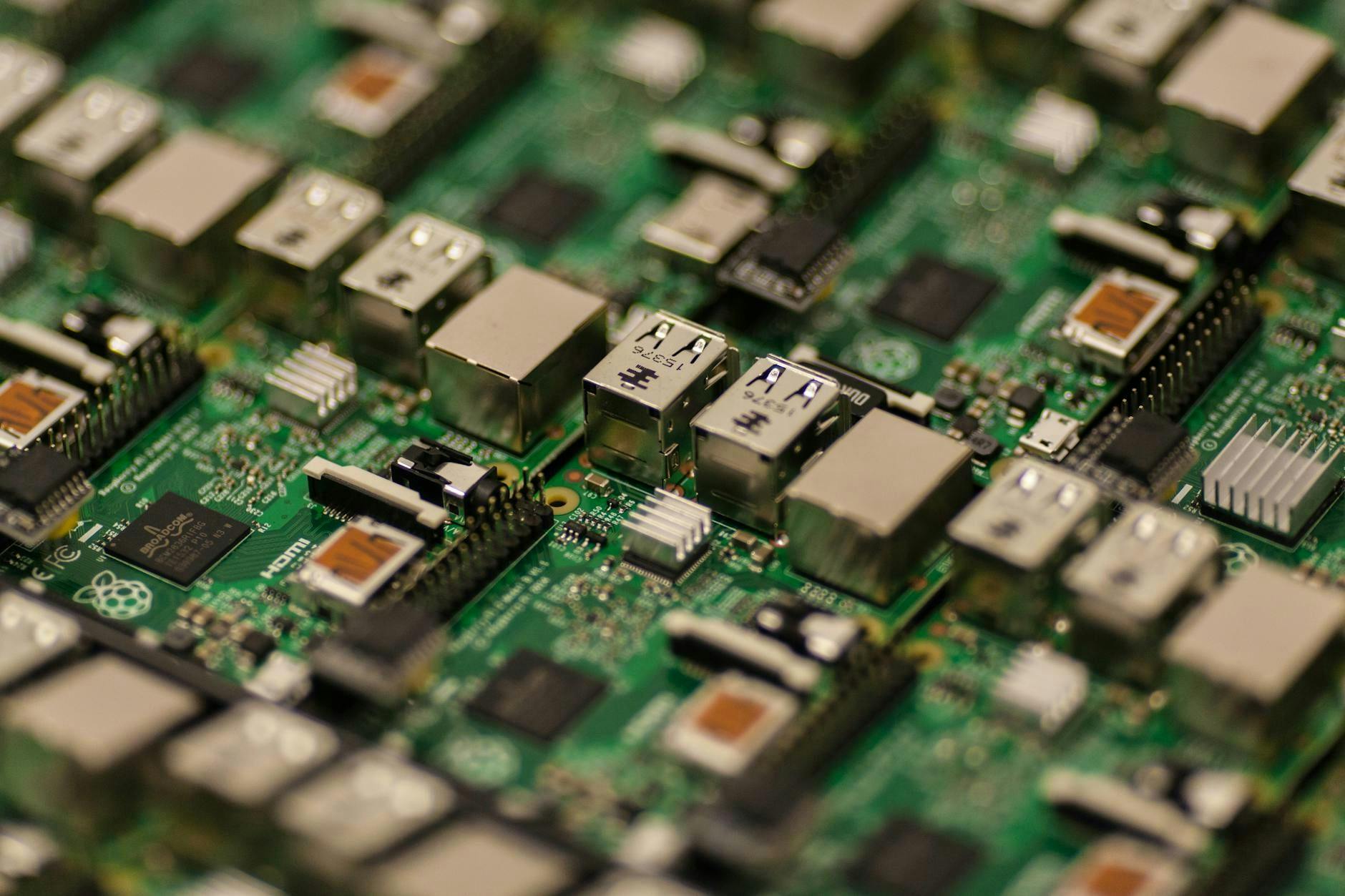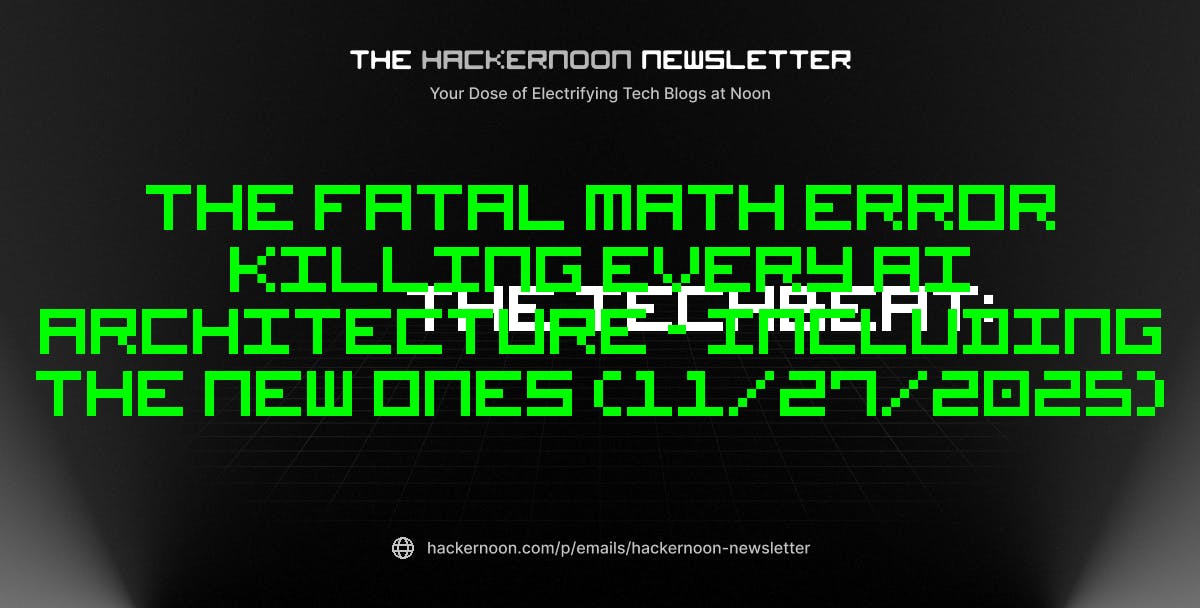When Apple unveiled ProMotion with the iPad Pro back in 2017, it wasn’t just another display upgrade – it was a massive leap in how smooth and responsive Apple’s tablet screens could feel.
Since then, ProMotion has migrated to other ‘Pro’ Apple devices, including recent models of Pro-level iPhone, changing the way we swipe, scroll and watch content.
So, what exactly is ProMotion, and why does it matter? With rumours swirling about a wider rollout in the upcoming iPhone 17 collection, now’s the perfect time to break it down – what it does, how it works and which Apple devices are rocking the feature so far.
Most screens are equipped with a 60Hz refresh rate, but devices with Apple ProMotion technology offer twice this, with a 120Hz refresh rate. This means that the screen will refresh up to 120 times per second, resulting in smoother animations and scrolling, as well as improved responsiveness.
ProMotion is also adaptive, meaning the screen will adjust its refresh rate according to how you’re using your device. For example, if you’re playing a game, the refresh rate will hit its maximum of 120Hz to keep things running smoothly on screen.
If, however, the screen is fairly static – such as when reading a news article – then the refresh rate can drop as low as 1Hz to conserve battery life.
As Apple ProMotion technology is twice as smooth as a standard 60Hz display, you’ll notice a significant difference when using your device, whether it’s for general scrolling or playing video games.
Gamers will especially appreciate a higher refresh rate, as it allows for faster reactions and quicker responses.

As the Apple ProMotion technology is adaptive, you should also notice your battery life lasts longer than before, as it saves on needless refreshes.
We would also expect that using the Apple Pencil would be more fluid, as the technology has lower latency. This should make drawing and writing with the Pencil feel more natural and fluid than on a screen without ProMotion technology.
At the time of writing, the Apple ProMotion technology is currently only available in Apple’s Pro smartphone and MacBook models. This includes the MacBook Pro, as well as the iPhone 13 Pro Max, iPhone 14 Pro Max, iPhone 15 Pro Max and iPhone 16 Pro Max.
Other modern Apple devices, including the flagship iPhone 16 and MacBook Air, still have the standard 60Hz refresh rate. This shows that Apple still views ProMotion as a luxury feature – though rumours do suggest Apple is about to extend the tech to the regular iPhone 17 and the all-new iPhone 17 Air, so this could signal the start of a wider rollout of the screen tech.
A 120Hz refresh rate isn’t just reserved for Apple devices, though. In fac,t many modern Android smartphones, such as Samsung Galaxy S25 Ultra, come equipped with a 120Hz refresh rate. They just don’t use the term ‘ProMotion’ as Apple does.












